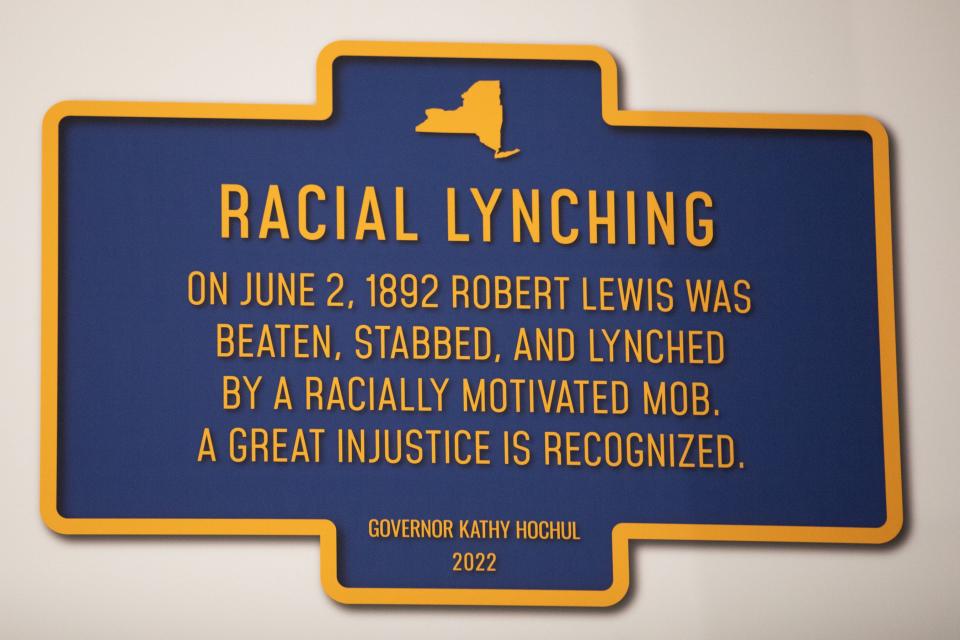MY VIEW: Three city blocks - join us on a walk back in time and with a forward view
The operative word is Black.
One hundred thirty years ago, an African American man, Robert Lewis, was accused of raping a white woman.
Before he even could be jailed, arraigned or tried, a mob ripped him from police custody, dragged him up a hill and lynched him near what is now a church.

Would this have happened had a white man been accused of raping a Black woman or, for that matter, a white woman?
The only “crime” Robert Lewis was guilty of was being Black.
That was Port Jervis, New York, and America in 1892.
How are we doing today? Better, by some measures.

From the presidency and vice presidency to the Supreme Court, Congress and local offices, people of color were and are in leadership roles. We are making significant steps in our efforts to reflect the diversity of this great nation in many areas. However, we are also backsliding across the country – suppressing voting rights (aimed at minority voters); purging our educational systems of discussions about racial equity and diversity. Examples of current United States racism in its overt and covert forms could fill these pages.
Grim reminders: Plaques commemorate Port Jervis, Newburgh lynchings
Housing equity: New Windsor woman starts new nonprofit
Yes, Jim Crow, in new and equally bigoted versions, is alive and well in 21st century America.
Help us to incrementally walk it back to oblivion.
Walk with us, step by small step, in a self-examination of our history and individual and cultural racism while we trace the lynch mob’s brutal attack and murder of Robert Lewis.
We’ll make this journey on Thursday, June 2 at 4:30 p.m. from the steps of Port Jervis’ City Hall, not far from where the mob forcibly took Lewis from police custody.
Ordinary folks, students, musicians, scholars, advocates, a noted author, hopefully some skeptics with open minds, a congressman and the mayors of Port Jervis, Middletown and Newburgh will be with you as we walk back in time -- and forward in our racial equity efforts -- for just three city blocks.
We’ll walk by Peck’s Corner where the mob decided to lynch Lewis and police Officer William Bonar tried, unsuccessfully, to dissuade them.
We’ll turn the corner onto East Main Street and pass the house where Judge William Crane, brother of famed author, and one-time Port Jervis resident Stephen Crane, was roused from his bath and tried to intercede on Lewis’ behalf.
We’ll then cross the century-old main street of this small and historic river, canal and railroad city and view the site where Lewis was brutally murdered. There, an official New York state historical marker in remembrance of Robert Lewis will be dedicated on the lynching site.
This isn’t just a physical and historic journey. It is a present-day opportunity for self and cultural examination, for confronting and examining our unfortunate history so that it is not continually repeated, or revised by those who, for political advantage or through convenient indifference, will it to be otherwise.
This is not only about Port Jervis history. It is the often ignored and buried history of the United States. What happened in Port Jervis, happened everywhere.
Come with us. Be a witness. Be a part of the solution.
John Kinney is a retired reporter, editor and publisher. A Port Jervis native, he resides in the town of Wallkill. He is a member of the Friends of Robert Lewis, the sponsor of this remembrance walk.
This article originally appeared on Times Herald-Record: Walkers in Port Jervis to commemorate racial violence and look ahead

